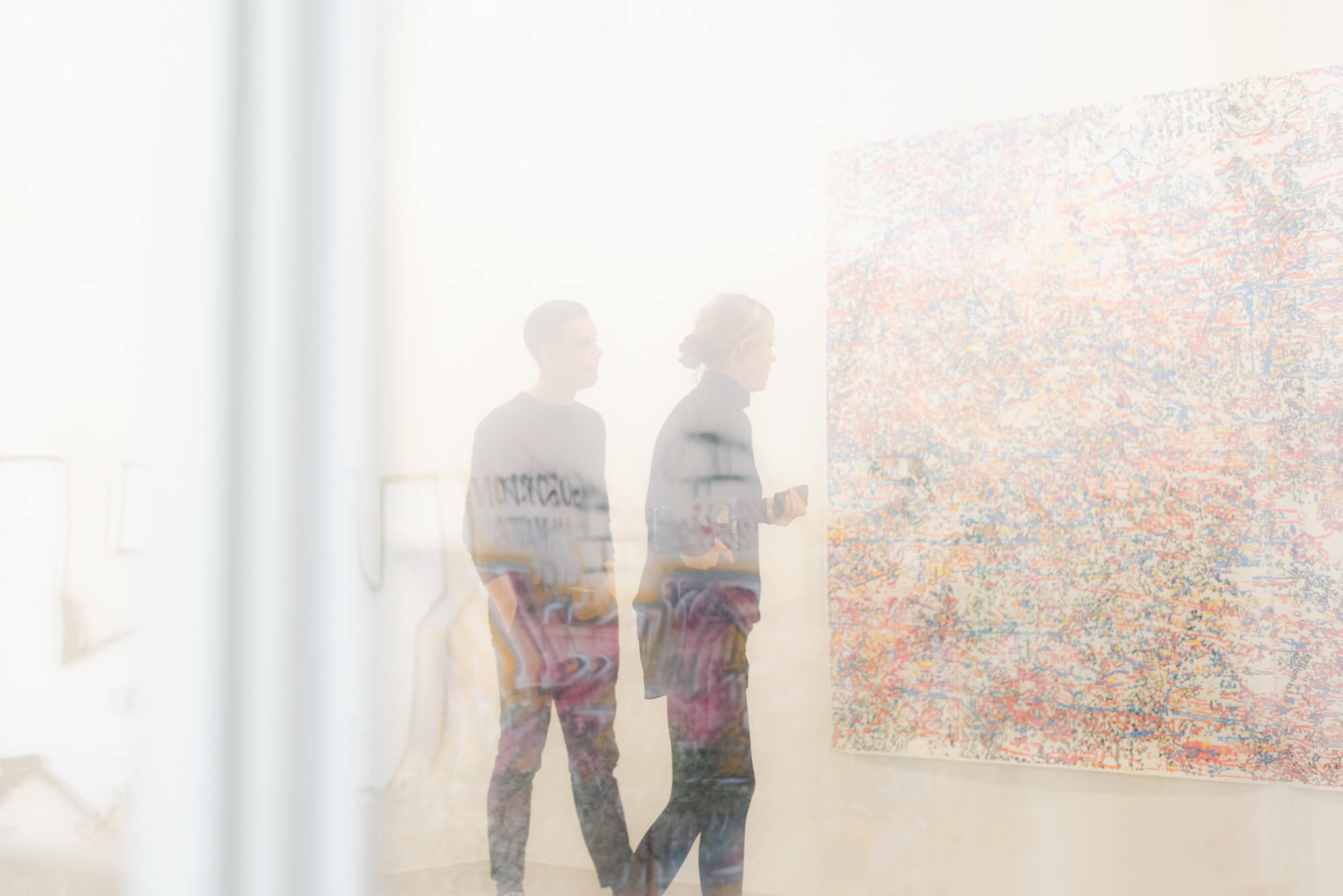
The paradox of objectivity and subjectivity in photography
For a photograph to exist, a moment in time had to exist to be captured. Of course, a photograph can be manipulated to have details added or subtracted, or its properties can be altered and adjusted to make the image look or feel a certain way. But photography as a practice is rooted in reality, and therefore it can be said that photography is objective. You can confidently point to a photograph and say, “This is the way it was.”
Paradoxically, though, photography is also extremely subjective. Who or what do you take a photo of? At what time? From which angle? Which details do you include in the frame, or exclude from it? What kind of camera do you use? Lens? Lighting? Photoshop and Lightroom aside, a photograph might show the way things were within the frame at one specific moment in time, but it can never communicate a complete picture of what was going on. A series might begin to fill in some of the gaps that a single photograph leaves, but even a series or a book will be edited to take the viewer in a certain direction, ultimately creating a type of selective reality that the photographer wants the viewer to experience visually.
In summary: photography portrays brief moments of objective historical reality, albeit through the inherently subjective viewpoint of the photographer. Not that there’s anything necessarily wrong with this, but it does need to be acknowledged and kept in mind, and in the end embraced by photographers who want to create powerful imagery.